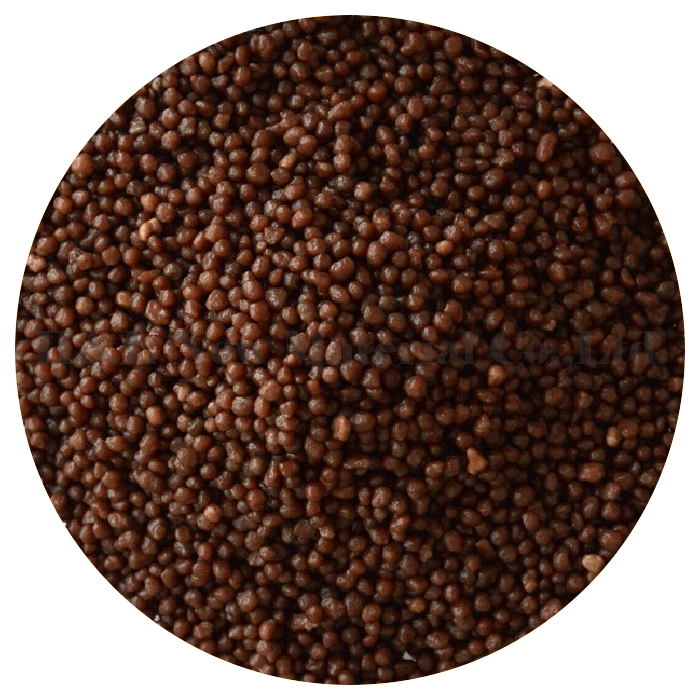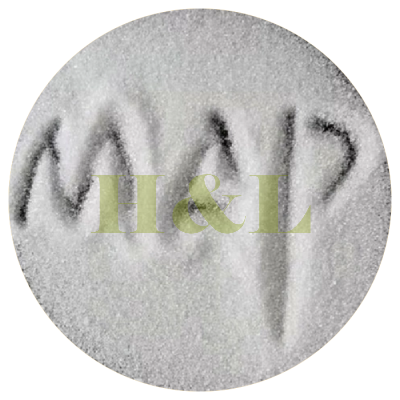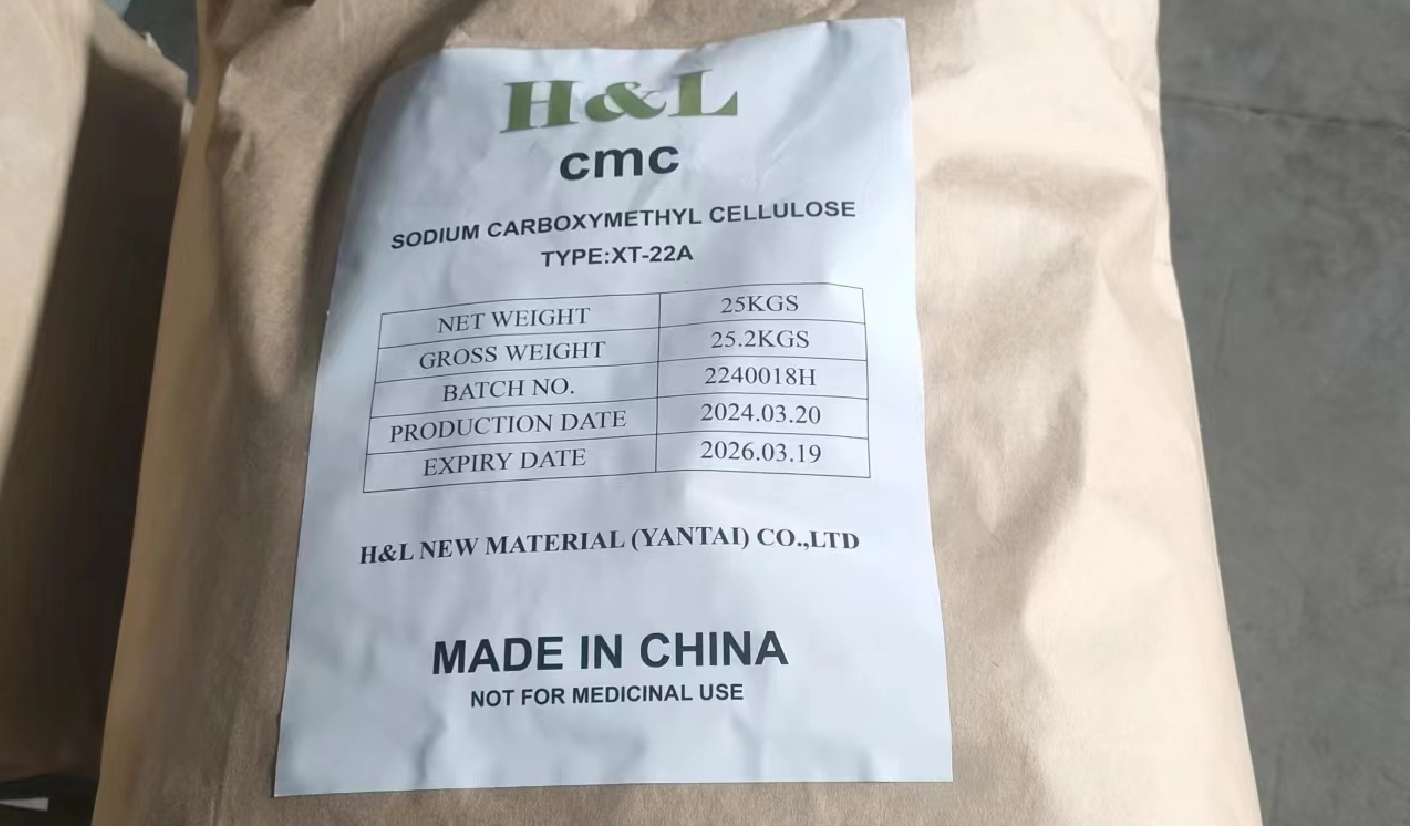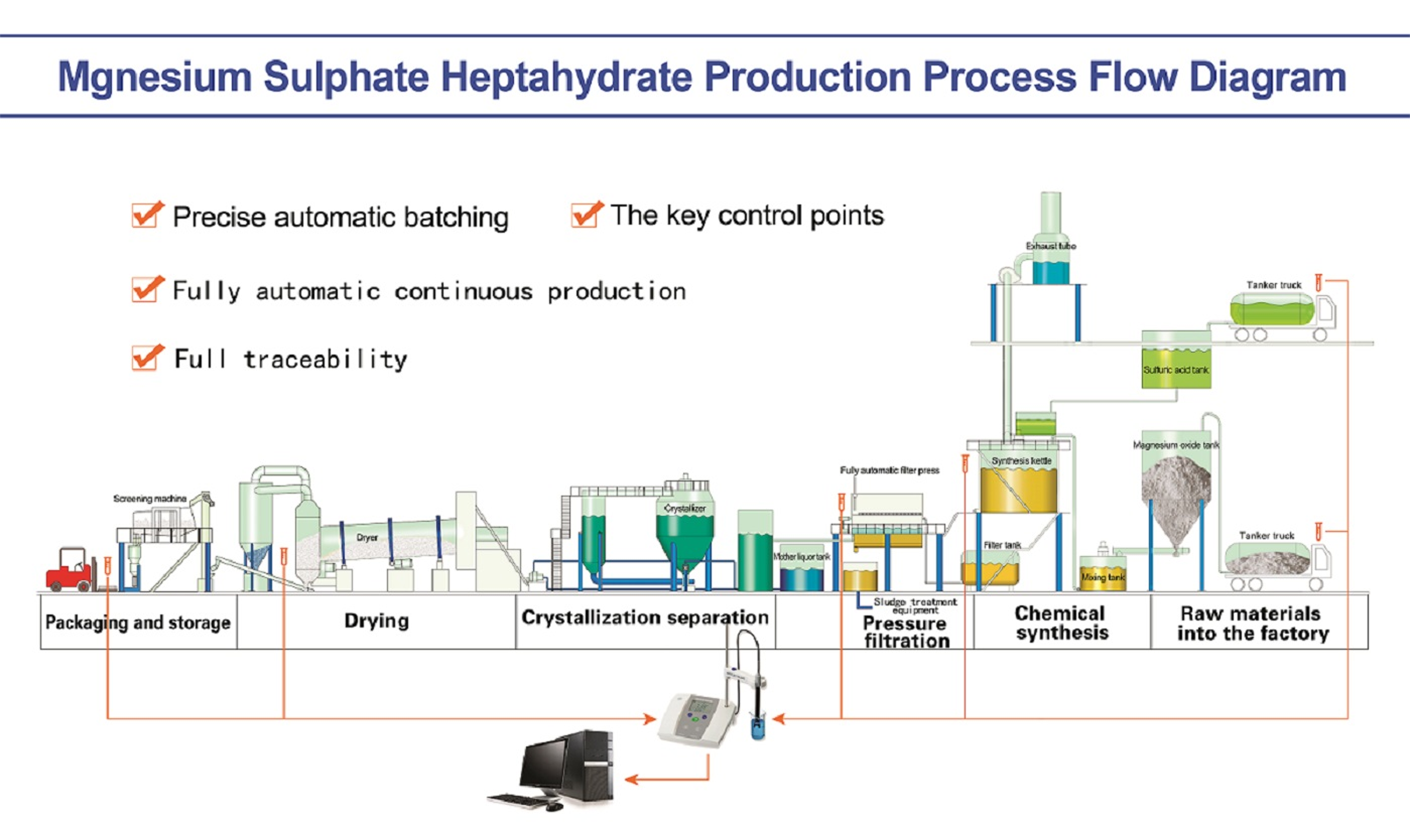Granular Diammonium Phosphate (DAP) is a widely used fertilizer that serves several important functions in agriculture. Here are some of its primary usages:
1. **Nutrient Source**: DAP provides essential nutrients, particularly nitrogen (N) and phosphorus (P), which are vital for plant growth. The typical N-P-K ratio of DAP is 18-46-0, indicating that it contains 18% nitrogen and 46% phosphorus.
2. **Soil Improvement**: DAP helps improve soil fertility and structure. The phosphorus in DAP is readily available to plants, promoting strong root development and enhancing overall plant health.
3. **Crop Fertilization**: DAP is commonly used in the cultivation of various crops, including:
- **Cereals**: Wheat, rice, corn, and barley benefit significantly from DAP application.
- **Legumes**: Beans, peas, and other legumes also utilize phosphorus for optimal growth.
- **Fruits and Vegetables**: DAP can enhance the yield and quality of fruits and vegetables.
4. **Application Techniques**: DAP can be applied through various methods, including:
- **Broadcasting**: Spreading the granules over the soil surface.
- **Banding**: Placing DAP in concentrated bands near the seed rows during planting.
- **Liquid Fertilizer Mixes**: It can also be dissolved in water and used in fertigation systems.
5. **Compatibility**: DAP is compatible with most other fertilizers, allowing for blended applications tailored to specific crop nutrient needs.
6. **pH Neutralization**: DAP can help to slightly raise soil pH, which can be beneficial in acidic soils, making nutrients more available to plants.
7. **Environmental Considerations**: While DAP is effective, it should be used judiciously to prevent nutrient runoff into water bodies, which can lead to environmental issues like eutrophication.
In summary, Granular Diammonium Phosphate is an essential fertilizer that enhances crop production, improves soil health, and supports sustainable agricultural practices when used correctly.


 Guarantee safe
Guarantee safe 








